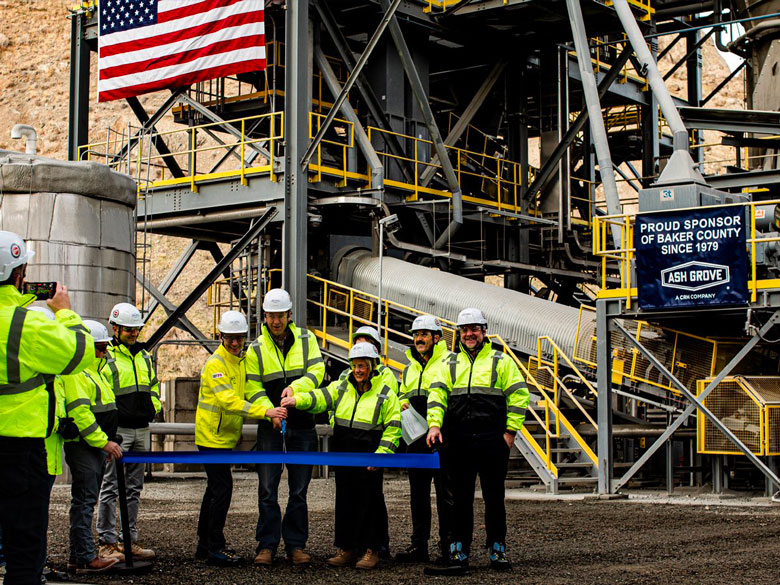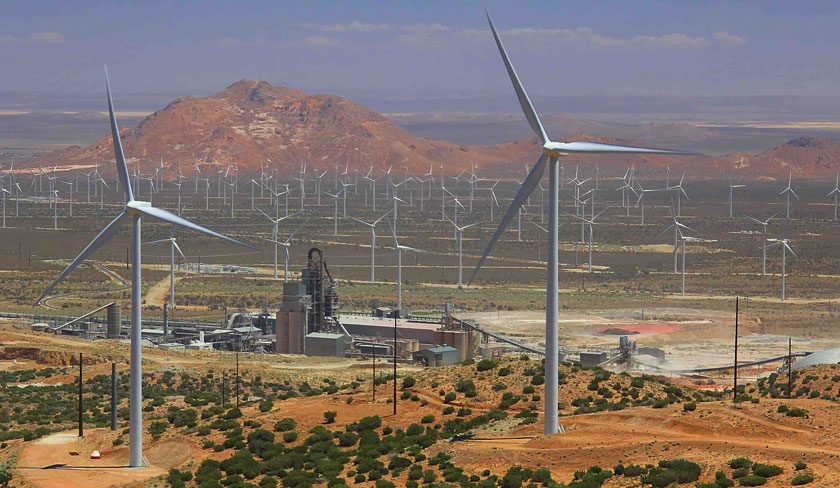Source: Portland Cement Association, Skokie, Ill.
In late July, Rep. John Sullivan (R-OK) and Rep. Mike Ross (D-AR), along with a bipartisan group of their colleagues, introduced the “Cement Sector Regulatory Relief Act of 2011” (H.R. 2681). The legislation requires the U.S. Environmental Protection Agency (EPA) to re-propose three recent environmental rules directed at the portland cement industry.
Although domestic cement manufacturers are among the most highly regulated enterprises in the country, they recently faced an avalanche of new regulations. The bill addresses the National Emission Standards for Hazardous Air Pollutants (NESHAP) rule for the portland cement industry, the commercial and industrial solid waste incinerator rule and its change in the definition of “solid waste,” and the new source performance standards rule.
“The bill introduced yesterday…will allow the industry to continue its dialogue with the EPA with the goal of crafting rational and feasible emission standards,” Brian McCarthy, PCA president and CEO said. “We are not shying away from environmental regulations. We take our environmental stewardship seriously and have a long history of investing in continuous improvements that preserve U.S. manufacturing capacity and the economy.”
Reflecting the Congress’ widespread concern regarding job loss, in addition to Reps. Sullivan and Ross, H.R. 2681 was co-sponsored by Reps. Jason Altmire (D-PA), Joe Barton (R-TX), Dan Boren (D-OK), John Carter (R-TX), Charlie Dent (R-PA), Adam Kinzinger (R-IL), Bob Latta (R-OH), and Greg Walden (R-OR).
A recent study found that one of these regulations alone, NESHAP, will force the closure of approximately 18 of the United States’ nearly 100 cement manufacturing plants. The production volume lost by these closures will require cement to be sourced from other countries, thereby exporting U.S. jobs and importing cement from countries with emissions standards much weaker than those already in place in the U.S. In addition to further downsizing domestic payrolls and manufacturing capacity, the rule will cost $3.4 billion during a three-year period for an industry that currently generates barely more than $6.5 billion in annual revenue.
According to McCarthy, the plant closures will hit areas that can least afford an economic downturn. Cement plants are often located in rural areas where the plant is the tax base of the community. “This legislation is consistent with the President’s recent executive order for reasonable regulations,” he noted. “PCA views this legislation as an acknowledgement that members of Congress can work with the administration in a bipartisan manner to craft policies that balance environmental protection and economic growth.”



